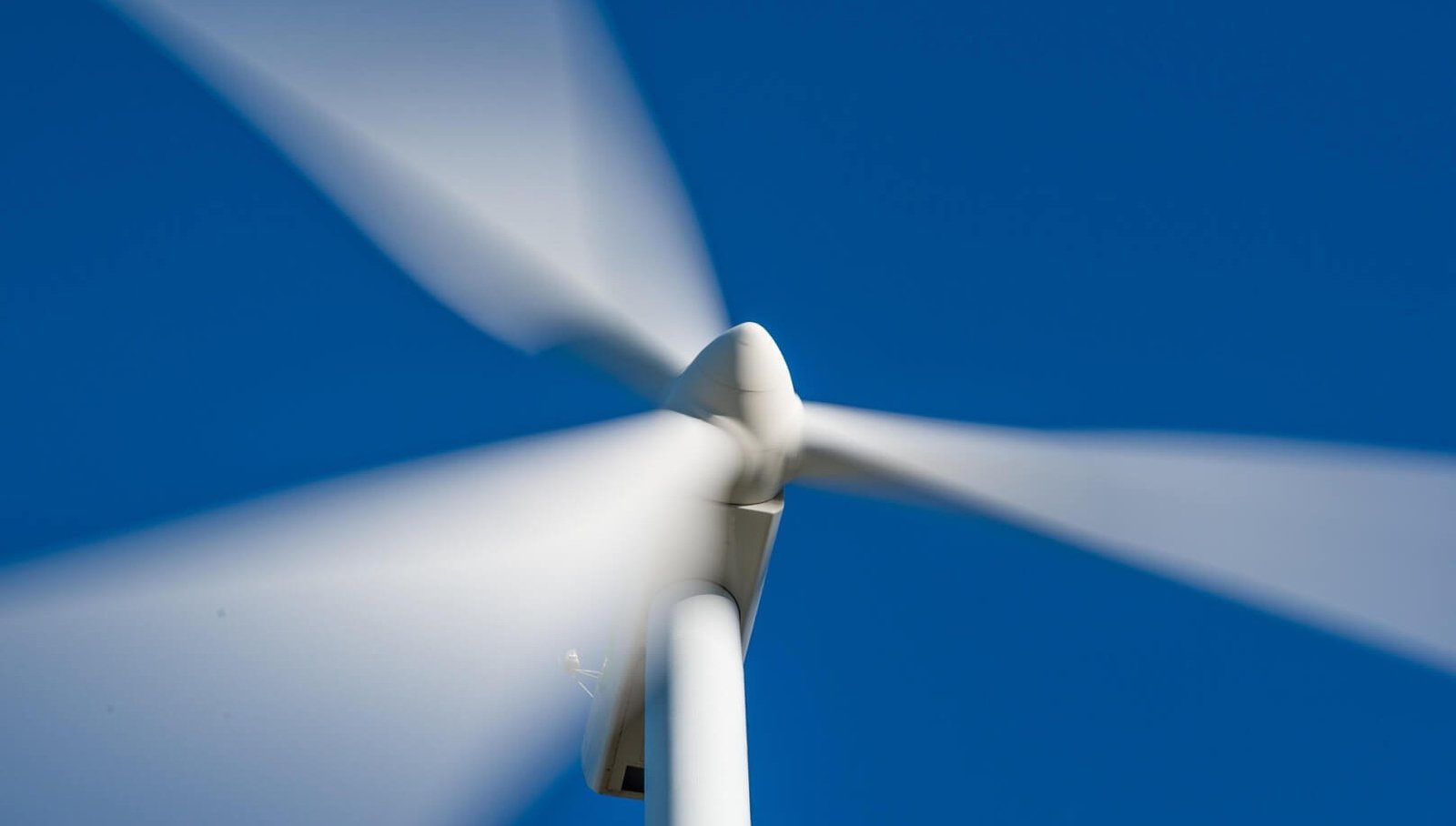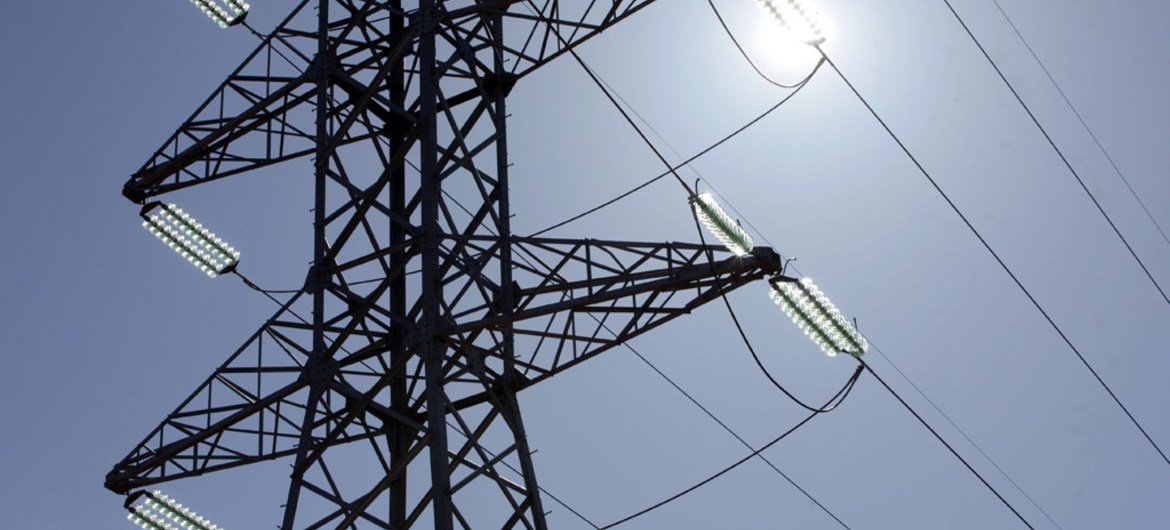The recent EU Energy Week gathered experts to explore Europe’s shift towards sustainable energy. A key discussion focused on how Artificial Intelligence (AI) could accelerate the modernization and redesign of Europe’s energy grid. Renewable energy consumption in the EU has nearly doubled from 2009 to 2023, reaching 24.6%. The Renewable Energy Directive aims for a target of 42.5% by 2030. However, a paradox emerges: the technologies designed to reduce energy consumption are also increasing electricity demand.
Stavros Stamatoukos, a policy officer at the European Commission, discussed plans to update the October 2022 report on digitalizing the energy grid. Since the report’s release, the rapid advancement of AI necessitated the development of a new Strategic Roadmap for digitalization and AI in the energy sector. This roadmap aims to identify and support AI innovators across Europe to enhance their market entry and competitiveness while directing them towards cleaner energy solutions. Yet, as AI’s energy consumption surges, the question arises: will its potential to optimize energy use surpass its demand?
The International Energy Agency (IEA) published a report this April projecting that energy consumption in AI-optimized data centers could quadruple by 2030. Despite this alarming forecast, the report argues for the implementation of AI to achieve substantial energy efficiency gains in the sector. The IEA remains optimistic about the multi-trillion-dollar AI transition, viewing it as a critical investment for the future.
Proposals to accelerate the energy transformation include: – Major investments and widespread adoption of AI in clean energy technology to reduce development timelines. – Enhanced collaboration to overcome barriers to adoption, allowing research impacts to influence decision-making. – Increased productivity in data centers to prevent excessive energy use from offsetting AI benefits. – Commitment to grid development to meet rising energy demands, which is essential for achieving broader climate goals. – Local AI initiatives to support digital and economic growth.
Stamatoukos also noted that a report set for release in September 2025 will address AI-enhanced grid technologies. This report is part of the Joint Programme Smart Grids, established by the European Energy Research Alliance (EERA) to promote collaborative research for climate neutrality. As renewable energy sources proliferate, the need for advanced grids that can handle complex power flows has intensified.
Pilot projects, such as the National Grid ESO’s solar forecasts using Open Climate Fix technology, demonstrate improvements in grid balance. However, scaling these solutions across Europe faces challenges like interoperability, data sharing, and regulatory inconsistencies. Microgrids are gaining traction as flexible energy systems for campuses, hospitals, and remote areas, with forecasts indicating a market expansion of over $41 billion from 2025 to 2029.
Yet, reliance on hardware like sensors and batteries, which require critical raw materials, complicates the growth of smart grids. Geopolitical tensions and the competition for these minerals raise concerns about supply chain stability. The recent energy crisis in Spain and Portugal highlights the risks of inadequate infrastructure. Adopting standardized datasets and interoperability protocols is essential for effective integration of AI in energy systems.
The IEA’s World Energy Investment report revealed that global investment in energy reached $2.2 trillion, double what is spent on fossil fuels. However, fossil fuel investments are also rising, with financial backing for coal and other fossil projects increasing by 20% to $869 billion between 2023 and 2024. Despite this, the EU’s commitment to reducing reliance on Russian energy sources and promoting clean energy technologies is evident.
At the VivaTech conference in Paris, industry leaders emphasized the shift towards AI-driven clean energy solutions. Strong financing is flowing into energy ventures, with AI positioned as a vital tool for modernizing outdated infrastructure. However, the rapid increase in energy demand from AI presents a challenge. It remains to be seen whether AI’s optimization capabilities can keep pace with its consumption.
Strategic investments, international cooperation, and thorough testing are crucial for bridging the gap between aspirations for an optimized energy system and current realities. Ensuring AI’s reliability and understanding its energy implications are vital for maximizing the benefits of the energy transition.




